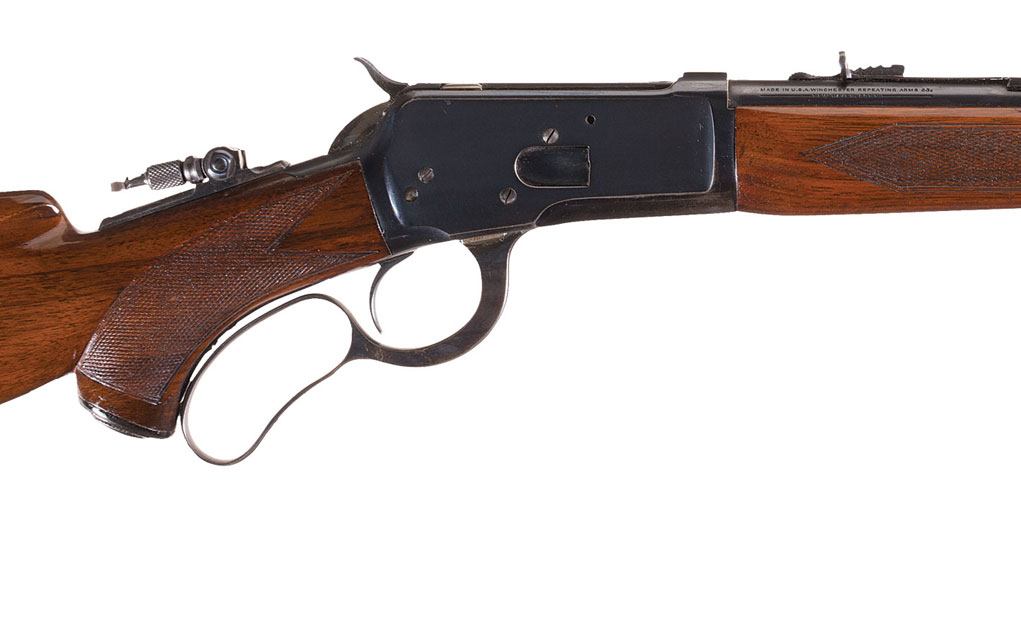

38-55 Winchester, are noted as being rare. Ten calibers were initially advertised for the Model 54 over its production run, although special order options increased the caliber options further a non-exhaustive list is provided in the infobox above.


The weapon feeds from a 5-round internal box magazine. The Model 54 was a simple bolt-action sporting rifle using Mauser design cues for its action, such as the clawed extractor. With the introduction of the Model 70 in 1937, the Model 54 was discontinued some 50,145 were produced over its twelve-year lifespan. As such, newly-instated Winchester president John Olin opted to redesign the Model 54 in 1934 with new design head Edwin Pugsley, the redesigned rifle would become the highly successful Model 70. However, faults were later discovered with the Model 54, along with other factors eventually spelled doom for the Model 54 Winchester was still undergoing financial recovery at the time due to the 1930 financial collapse and the Model 54 failed to enjoy as much success as it should have. On its introduction, the Model 54 saw moderate commercial success and set the standard for bolt-action rifles to come many special order variants were produced and the weapon could be equipped with just about every commercially-available sight at the time. Some three years of designing later, the new rifle design was completed and was named the Model F (later the Model 54) and entered the market in 1925. Originally intending to use a Pattern 1914 Enfield's action as a base, the team eventually rejected it as its bulky action, cock-on-close and slow lock time all counted against the British action instead, the designers decided to use the well-proven Mauser action as a base. Burton wanted to repeat this feat, and as such began designing a new rifle for this market in 1922. Having experienced similar success with the Model 12 shotgun they introduced a number of years prior, Johnson and fellow designer Frank F. Johnson to create a new rifle that could be instantly competitive in that market. Drew assigned Winchester head of design T.C. At the time, the leader of this market was Remington with their Model 30, and Winchester wanted to capitalize on this and join the market. With the end of World War I, the market for bolt-action rifles began to increase as a testament to their reliability during their use in the war, while market shares for similar slide-action and lever-action rifles falling with the public moving towards bolt-actions instead.


 0 kommentar(er)
0 kommentar(er)
